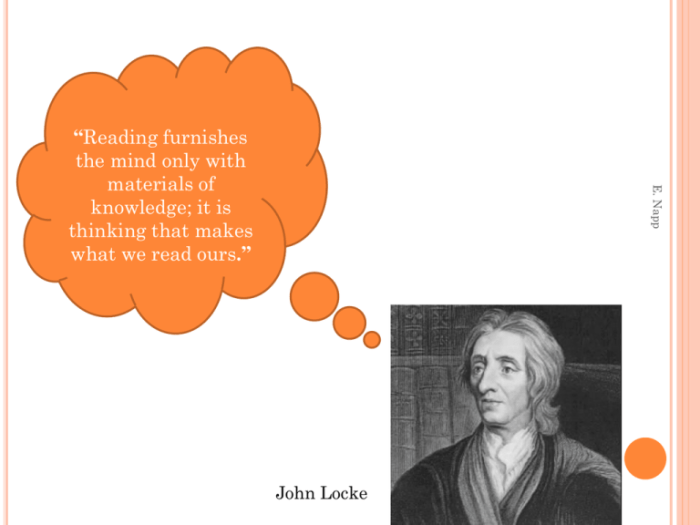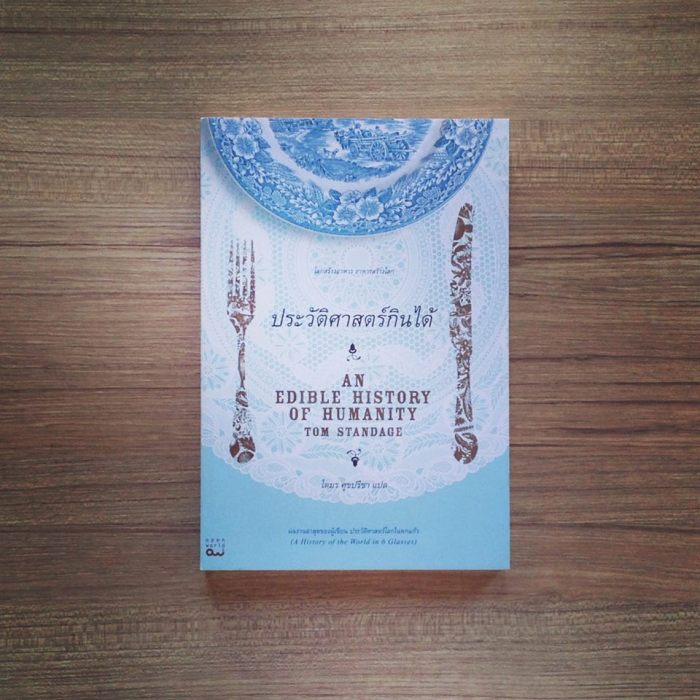Embark on an extraordinary culinary journey through time with “An Edible History of Humanity PDF.” This captivating exploration delves into the profound significance of food, revealing its transformative role in shaping cultural practices, beliefs, and the very essence of human identity.
From the earliest archaeological evidence to the complexities of modern food systems, this comprehensive guide unveils the intricate relationship between food and civilization. Prepare to be tantalized as we trace the evolution of dietary habits, uncover the impact of trade and exploration on global cuisines, and examine the ethical and environmental challenges facing our future food supply.
Edible History of Humanity: Key Concepts
Food has played a pivotal role in human history, shaping cultural practices, beliefs, and identities. From the earliest hominids to modern civilizations, the pursuit of sustenance has influenced societal development in countless ways.
Significance of Food in Human History
Food is essential for survival, but it also serves as a medium for social interaction, cultural expression, and economic exchange. Food preferences and taboos reflect cultural values, religious beliefs, and social hierarchies. The availability and accessibility of food have influenced population growth, migration patterns, and economic prosperity.
Relationship Between Food and Identity
Food is deeply intertwined with personal and collective identities. Food choices can express individual preferences, cultural affiliations, and social status. The act of sharing food fosters a sense of community and belonging. Food can also be a source of nostalgia, evoking memories and emotions associated with past experiences.
Archaeological Evidence of Food Consumption

Methods for Studying Ancient Diets
Archaeologists use various methods to study ancient diets, including analyzing plant and animal remains, examining food preparation tools, and interpreting written records. These methods provide insights into the dietary habits and preferences of early humans.
Archaeological Findings Related to Food
Archaeological evidence suggests that early humans consumed a wide range of plant and animal foods. Plant remains include seeds, fruits, nuts, and tubers. Animal remains include bones, shells, and antlers. Food preparation tools, such as grinding stones and cooking pots, indicate that early humans processed and cooked their food.
Dietary Habits and Preferences of Early Humans
Early humans were primarily hunter-gatherers, relying on wild plants and animals for sustenance. Their diets varied depending on the availability of resources in their environment. Some groups specialized in hunting large game, while others focused on fishing or gathering. The development of agriculture and domestication of animals led to a more diverse and stable food supply.
Food in Ancient Civilizations: An Edible History Of Humanity Pdf

Role of Food in Major Ancient Civilizations
Food played a central role in major ancient civilizations, such as Mesopotamia, Egypt, and Greece. It was not only a source of nourishment but also a symbol of wealth, power, and religious rituals.
Dietary Patterns and Culinary Practices
The dietary patterns and culinary practices of ancient civilizations varied significantly. The Mesopotamians relied heavily on grains, such as wheat and barley, while the Egyptians consumed a wide range of fruits, vegetables, and meats. The Greeks were known for their love of olives, wine, and fish.
Food and Religious Rituals
Food played an important role in religious rituals in ancient civilizations. In Egypt, for example, certain foods were associated with specific gods and goddesses. In Greece, food offerings were made to the gods during religious festivals.
Food and Trade in the Medieval Era

Development of Trade Routes
The development of trade routes during the Middle Ages led to the exchange of food products between different regions. Spices from the East were introduced to Europe, while European grains were exported to the Middle East.
Impact of Food Availability and Distribution
The availability and distribution of food had a significant impact on population growth and economic prosperity during the Middle Ages. Periods of famine and food shortages led to population decline and economic hardship, while periods of abundance contributed to population growth and economic expansion.
Role of Food in the Spread of Ideas and Cultural Exchange, An edible history of humanity pdf
The trade of food products also facilitated the spread of ideas and cultural exchange. Merchants and traders carried not only goods but also knowledge and customs from one region to another.
Food and Exploration in the Age of Discovery
Importance of Food Supplies for European Explorers
Food supplies were essential for European explorers embarking on long voyages during the Age of Discovery. Explorers needed to store large quantities of food that would not spoil during the journey.
Challenges and Innovations Related to Food Preservation
Preserving food during long sea voyages was a major challenge. Explorers experimented with various methods, such as salting, drying, and smoking. They also developed new technologies, such as the biscuit, to provide a compact and durable food source.
Impact of Food Encounters on Indigenous Populations
European explorers brought new food products to the Americas and other explored regions. These foods, such as wheat, sugar, and livestock, had a significant impact on the indigenous populations, both positive and negative.
Food and Industrialization
Transformative Effects of Industrialization on Food Production
Industrialization brought about transformative changes in food production and consumption. The development of new technologies, such as the steam engine and the reaper, led to increased agricultural productivity.
Impact on the Food Supply Chain
Industrialization also impacted the food supply chain. The development of railroads and steamships facilitated the transportation of food over long distances, making it possible to feed growing urban populations.
Social and Economic Consequences of Changing Dietary Patterns
Changing dietary patterns during industrialization had significant social and economic consequences. The availability of processed foods and sugary drinks led to an increase in obesity and other health problems.
Food in the Modern Era
Key Trends and Challenges
The 20th and 21st centuries have witnessed key trends and challenges related to food production and consumption. These include globalization, urbanization, and technological advancements.
Impact of Globalization and Urbanization
Globalization has led to the increased availability of food products from around the world. Urbanization has resulted in a shift towards processed and convenience foods.
Sustainability Concerns and Healthy Food Choices
Sustainability concerns and the growing demand for healthy food choices have become increasingly important in the modern era. Consumers are seeking out foods that are produced in an environmentally friendly and ethical manner.
Common Queries
What is the significance of food in human history?
Food has played a pivotal role in shaping human civilization, providing sustenance, fostering cultural practices, and serving as a catalyst for innovation and exchange.
How has food influenced cultural practices and beliefs?
Food has been deeply intertwined with religious rituals, social hierarchies, and artistic expression, reflecting the beliefs and values of different cultures throughout history.
What are the key challenges facing our future food systems?
Sustainability, population growth, and climate change pose significant challenges to ensuring a secure and equitable food supply for future generations.